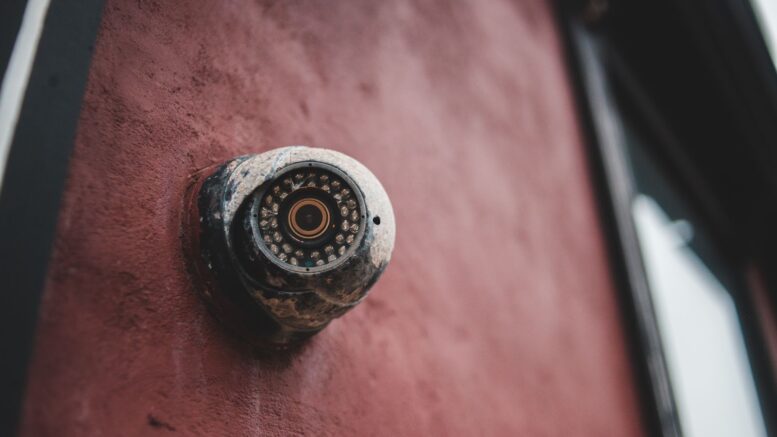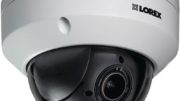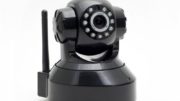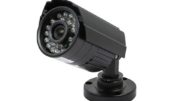The integration of AI and cloud-based technology into security systems has driven a massive development in security camera hardware and software.
However, this rapid evolution has created challenges. Among them are the challenges of compliance with legislation and guidelines. Meeting these hurdles is essential if companies want to stay on the right side of Personally Identifiable Information (PII) legislation among others.
The problem is confounded by the ever-changing legislative landscape that exists around technology. This means what is compliant today may not be compliant tomorrow. So, let’s have a look at what to do if your security cameras aren’t compliant anymore.
Assessing the Compliance Gap
The first stage of the process is to understand the compliance requirements and where existing security camera installations are found wanting. There are some specific areas where security cameras can fall short:
- Data Encryption: Evaluate the encryption protocols used by your current security cameras. Non-compliant cameras may lack robust encryption methods, leaving your data vulnerable to unauthorized access.
- Video Quality: Assess the resolution and clarity of your camera footage. Older cameras might not meet the minimum standards for capturing high-quality video.
- Network Protocols: Examine the network protocols supported by your security cameras. Non-compliant cameras may lack compatibility with modern network infrastructure.
- Storage Capacity: Evaluate the storage capabilities of your cameras. Cameras require sufficient storage capacity to retain footage for the required duration.
- Firmware Updates: Consider the availability of firmware updates for your cameras. A lack of current updates can result in outdated software that leaves them susceptible to security vulnerabilities.
Most good modern security camera systems, like the stunning 4-channel Lorex system, will meet compliance requirements in most circumstances, without breaking the bank.
Understanding FIPS Compliance
One area of compliance that is worth putting under the microscope is the Federal Information Processing Standards (FIPS). This is a framework of guidelines and standards established by the US Government to cover the security of cryptographic modules.
In simple terms, these are modules installed on many electronic devices, including security cameras. These elements are responsible for the safe encryption and transmission of data.
Understanding FIPS compliance is important for ensuring that your camera’s security protocols are up-to-date and capable. Among the elements that are covered by FIPS compliance regulations and guidelines are:
- Encryption algorithms
- Key management
- Authentication procedures
- Secure communication protocols
When it comes to security cameras, FIPS compliance is critical for ensuring the integrity of the data and the video feed. Cryptographic modules that adhere to FIPS regulations have undergone rigorous testing and evaluation to ensure that they meet the required standards.
Exploring the Options: Upgrading or Replacing
There are a couple of options to explore once you have established where your security camera compliance issues lie. One of these is to upgrade your existing system. However, this is often not practical if existing systems are more than a few years old.
Upgrading usually requires using at least some of the existing hardware and infrastructure. But the technology has advanced so quickly that in many cases the only viable part of the old system to be reused is the cabling. This has a couple of issues, the first being the age of the cable and the potential for corrosion and damage.
But also to be considered is the use of wireless technology which negates the need for cabling in many instances.
Modern security and surveillance cameras provide an easy-to-install and cost-effective solution that makes upgrading your cameras pointless in most circumstances.
But, regardless of whether you decide to upgrade or replace your security cameras, the considerations are similar. Here are some of the key points to consider when looking for security camera solutions:
- Reputable supplier: Buying from a supplier that understands the business and has good customer service and technical support is critical.
- Wireless technology: This isn’t always an easy option due to distances and potential signal obstructions. But by assessing the placement of cameras and base stations you can establish which cameras can be installed wirelessly.
- Camera quality: Camera quality is obviously critical, there are many cameras available that make claims that reality fails to match. Again, the most important factor is the quality of the supplier. A reputable supplier will be able to precisely match the quality of the camera to its specific usage requirements.
- FIPS compliance: Federal agencies, city surveillance cameras, and government contractors are among the list of organizations that need to ensure their security cameras are FIPS compliant.
For small-scale implementations, most modern security cameras are easy to set up and should be compliant with current legislation. However, for more advanced setups or for systems where FIPS compliance is a requirement, then seeking expert advice is always recommended.

Staying Safe and Staying Compliant: Security and Compliance in Your Surveillance Systems
Modern security cameras, especially dome PTZ cameras, have come in leaps and bounds in recent years. But, so have the regulations that govern their use. Staying on the right side of this legislation is critical and older systems may well already fall foul of them.
By assessing your current systems and understanding where they need to satisfy legislation, including FIPS compliance, you can make an accurate judgment on how compliant your systems are. The good news is that modern systems don’t break the bank and provide a cost-effective solution to upgrade or replace your non-compliant security cameras.





